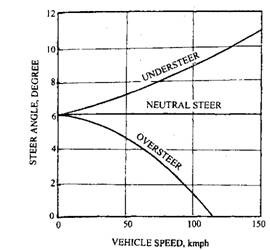Radial engine mechanism
The radial engine is a reciprocating type internal combustion engine configuration in which the cylinders point outward from a central crankshaft like the spokes on a wheel. This configuration was very commonly used in large aircraft engines before most large aircraft started using turbine engines. In a radial engine, the pistons are connected to the crankshaft with a master-and-articulating-rod assembly. One piston, the uppermost one in the animation, has a master rod with a direct attachment to the crankshaft. The remaining pistons pin their connecting rods ' attachments to rings around the edge of the master rod. Four-stroke radials always have an odd number of cylinders per row, so that a consistent every-other- piston firing order can be maintained, providing smooth operation. This is achieved by the engine taking two revolutions of the crankshaft to complete the four strokes, (intake, compression, power, exhaust), which means the firing order is 1,3,5,2,4 and back

